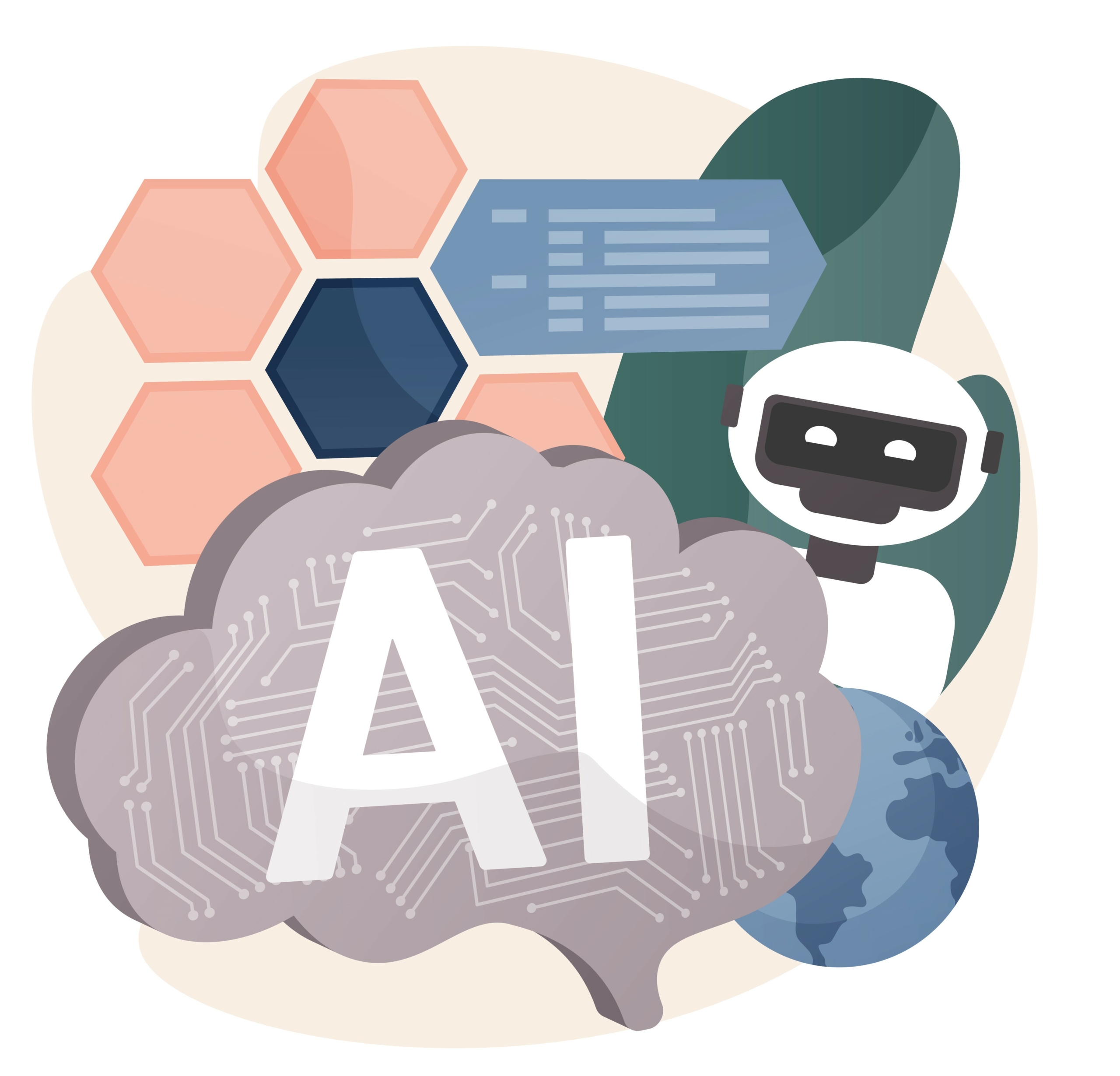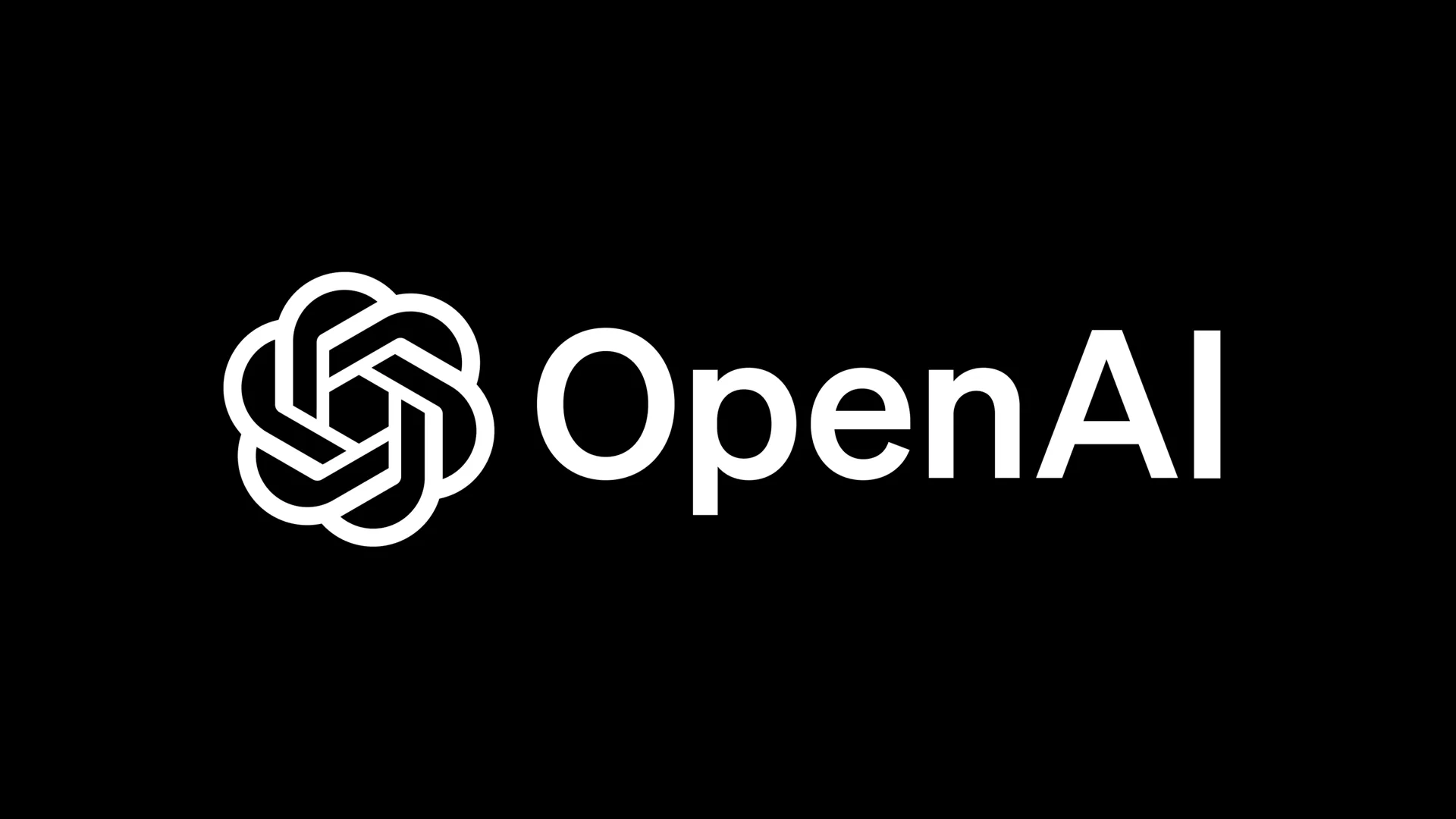Yesterday, Adobe opened a new chapter for digital creativity by introducing Photoshop, Adobe Express and Adobe Acrobat inside ChatGPT.
The integration gives 800 million weekly users direct access to trusted creative and productivity tools through a conversational interface. Adobe aims to make creative work easier for newcomers by linking its technology to simple written instructions.
Photoshop inside ChatGPT offers selective edits, tone adjustments and creative effects, while Adobe Express brings quick design templates and animation features to people who want polished content without switching between applications.
Acrobat adds powerful document controls, allowing users to organise, edit or redact PDFs inside the chat. Each action blends conversation with Adobe’s familiar toolsets, giving users either simple text-driven commands or fine control through intuitive sliders.
The launch reflects Adobe’s broader investment in agentic AI and its Model Context Protocol. Earlier releases such as Acrobat Studio and AI Assistants for Photoshop and Adobe Express signalled Adobe’s ambition to expand conversational creative experiences.
Adobe also plans to extend an upcoming Firefly AI Assistant across multiple apps to support faster movement from an idea to a finished design.
All three apps are now available to ChatGPT users on desktop, web and iOS, with Android support expanding soon. Adobe positions the integration as an entry point for new audiences who may later move into the full desktop versions for deeper control.
The company expects the partnership to widen access to creative expression by letting anyone edit images, produce designs or transform documents simply by describing what they want to achieve.
Would you like to learn more about AI, tech and digital diplomacy? If so, ask our Diplo chatbot!










